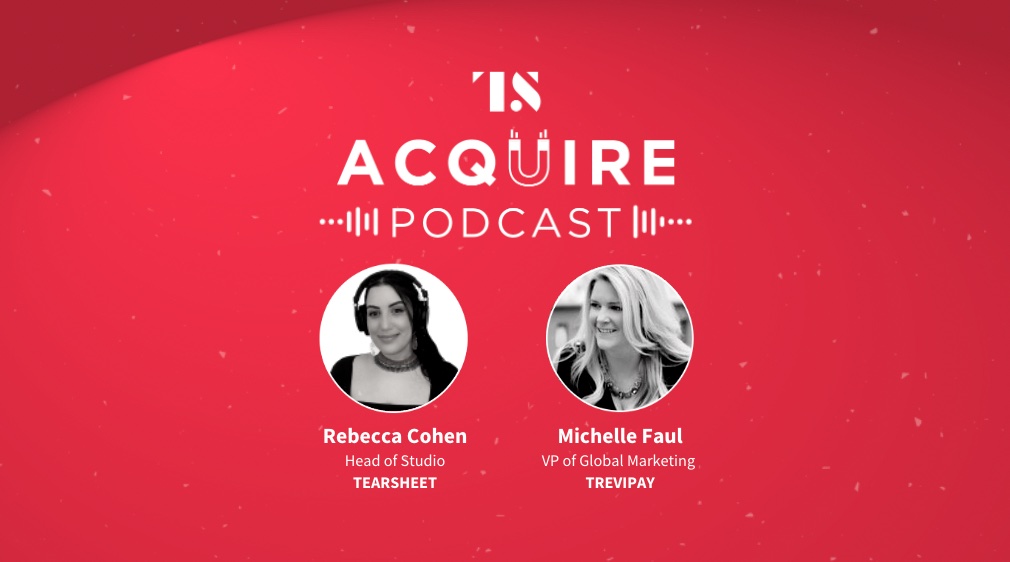Acquire Podcast, Modern Marketing, Podcasts
The Acquire Podcast Ep. 4: Niching down with TreviPay’s community playbook
- TreviPay’s VP of Global Marketing Michelle Faul joins the Acquire podcast to talk about creating and leveraging their community playbook.
- Segmenting their audience, she says, has made their marketing and sales funnel laser focused.








